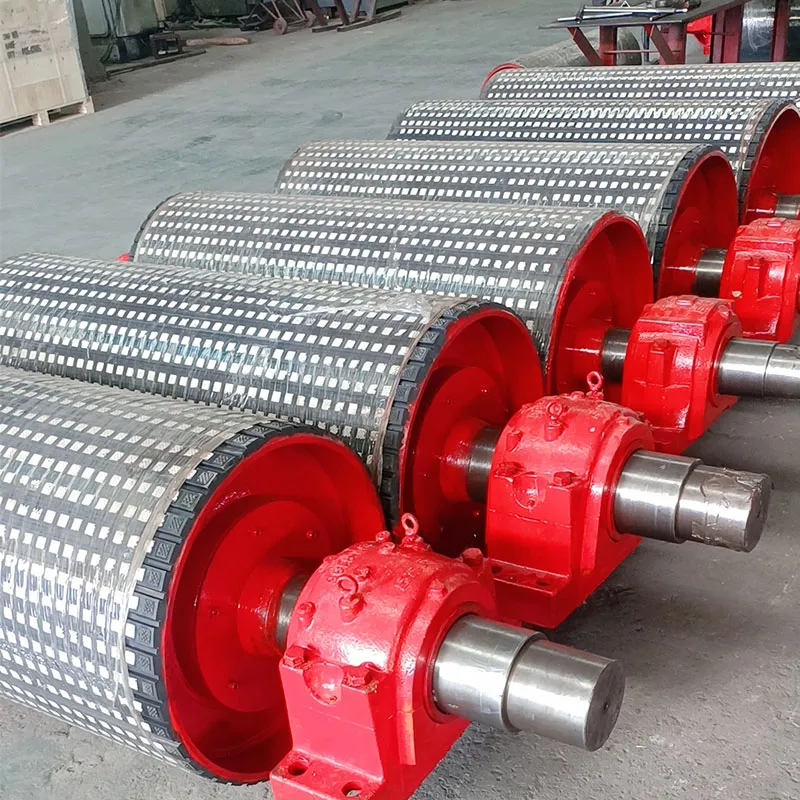 Afrikaans
Afrikaans  Albanian
Albanian  Amharic
Amharic  Arabic
Arabic  Armenian
Armenian  Azerbaijani
Azerbaijani  Basque
Basque  Belarusian
Belarusian  Bengali
Bengali  Bosnian
Bosnian  Bulgarian
Bulgarian  Catalan
Catalan  Cebuano
Cebuano  Corsican
Corsican  Croatian
Croatian  Czech
Czech  Danish
Danish  Dutch
Dutch  English
English  Esperanto
Esperanto  Estonian
Estonian  Finnish
Finnish  French
French  Frisian
Frisian  Galician
Galician  Georgian
Georgian  German
German  Greek
Greek  Gujarati
Gujarati  Haitian Creole
Haitian Creole  hausa
hausa  hawaiian
hawaiian  Hebrew
Hebrew  Hindi
Hindi  Miao
Miao  Hungarian
Hungarian  Icelandic
Icelandic  igbo
igbo  Indonesian
Indonesian  irish
irish  Italian
Italian  Japanese
Japanese  Javanese
Javanese  Kannada
Kannada  kazakh
kazakh  Khmer
Khmer  Rwandese
Rwandese  Korean
Korean  Kurdish
Kurdish  Kyrgyz
Kyrgyz  Lao
Lao  Latin
Latin  Latvian
Latvian  Lithuanian
Lithuanian  Luxembourgish
Luxembourgish  Macedonian
Macedonian  Malgashi
Malgashi  Malay
Malay  Malayalam
Malayalam  Maltese
Maltese  Maori
Maori  Marathi
Marathi  Mongolian
Mongolian  Myanmar
Myanmar  Nepali
Nepali  Norwegian
Norwegian  Norwegian
Norwegian  Occitan
Occitan  Pashto
Pashto  Persian
Persian  Polish
Polish  Portuguese
Portuguese  Punjabi
Punjabi  Romanian
Romanian  Russian
Russian  Samoan
Samoan  Scottish Gaelic
Scottish Gaelic  Serbian
Serbian  Sesotho
Sesotho  Shona
Shona  Sindhi
Sindhi  Sinhala
Sinhala  Slovak
Slovak  Slovenian
Slovenian  Somali
Somali  Spanish
Spanish  Sundanese
Sundanese  Swahili
Swahili  Swedish
Swedish  Tagalog
Tagalog  Tajik
Tajik  Tamil
Tamil  Tatar
Tatar  Telugu
Telugu  Thai
Thai  Turkish
Turkish  Turkmen
Turkmen  Ukrainian
Ukrainian  Urdu
Urdu  Uighur
Uighur  Uzbek
Uzbek  Vietnamese
Vietnamese  Welsh
Welsh  Bantu
Bantu  Yiddish
Yiddish  Yoruba
Yoruba  Zulu
Zulu conveyor machine parts
Understanding Conveyor Machine Parts A Critical Component of Modern Industry
Conveyor machines are an integral part of various industries, including manufacturing, logistics, and food processing. These systems are designed to move materials efficiently from one point to another, thereby streamlining operations and enhancing productivity. Understanding the key parts of conveyor machines is essential for anyone looking to optimize their performance or maintain these systems effectively.
Key Components of Conveyor Machines
1. Conveyor Belt The most recognizable part of a conveyor system, the conveyor belt is responsible for transporting materials along the production line. Made of various materials such as rubber, metal, or plastic, the choice of conveyor belt depends on the application. For instance, food processing operations often use belts that are easily washable and resistant to bacteria, while metal belts may be used in high-heat applications.
2. Drive System The drive system, typically consisting of motors and pulleys, powers the conveyor belt. Electric motors are the most commonly used power sources, driving the pulley mechanism to move the belt. Maintenance of the drive system is critical, as any malfunction can halt operations, leading to significant downtime.
3. Rollers Rollers are cylindrical components that support the conveyor belt and facilitate its movement. They can be found at various locations along the conveyor line, including the loading and unloading points. The design and material of the rollers can impact the efficiency of the system, as high-quality rollers reduce friction and wear on the belt.
conveyor machine parts

4. Idlers Idlers are used to support the belt and maintain its tension. Unlike rollers, which are driven by the belt, idlers remain stationary and maintain the stability of the entire system. Properly adjusted idlers are essential for preventing the belt from sagging, which can lead to inefficient material transport.
5. Chassis and Frame The chassis provides the structure to hold all the components of the conveyor system together. Often made from steel or aluminum, the chassis must be strong enough to support the weight of the materials being transported. A robust frame ensures reliability and longevity, reducing the need for frequent repairs.
6. Control System Modern conveyor systems often include advanced control systems that allow for automated operation. These systems can be programmed to control the speed of the conveyor belt, synchronize multiple conveyor lines, and manage other aspects of the production process. Integrating a control system can lead to significant efficiency gains and reduce labor costs.
7. Safety Features Safety is paramount when operating conveyor machines. Features such as emergency stop buttons, safety guards, and sensors help ensure a safe working environment. Regular inspections and adherence to safety standards are critical to preventing accidents and injuries.
Conclusion
In conclusion, conveyor machine parts play a vital role in the efficient operation of various industries. Each component, from the conveyor belt and drive system to the control mechanisms and safety features, contributes to the overall effectiveness of material handling processes. For businesses looking to enhance productivity, a deep understanding of these parts is essential. Regular maintenance and timely upgrades can significantly improve performance and extend the lifespan of conveyor systems, ultimately leading to better operational outcomes.
-
Revolutionizing Conveyor Reliability with Advanced Rubber Lagging PulleysNewsJul.22,2025
-
Powering Precision and Durability with Expert Manufacturers of Conveyor ComponentsNewsJul.22,2025
-
Optimizing Conveyor Systems with Advanced Conveyor AccessoriesNewsJul.22,2025
-
Maximize Conveyor Efficiency with Quality Conveyor Idler PulleysNewsJul.22,2025
-
Future-Proof Your Conveyor System with High-Performance Polyurethane RollerNewsJul.22,2025
-
Driving Efficiency Forward with Quality Idlers and RollersNewsJul.22,2025





























